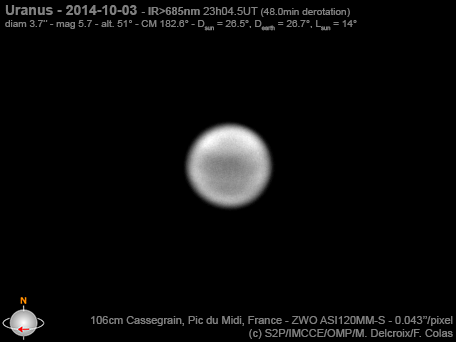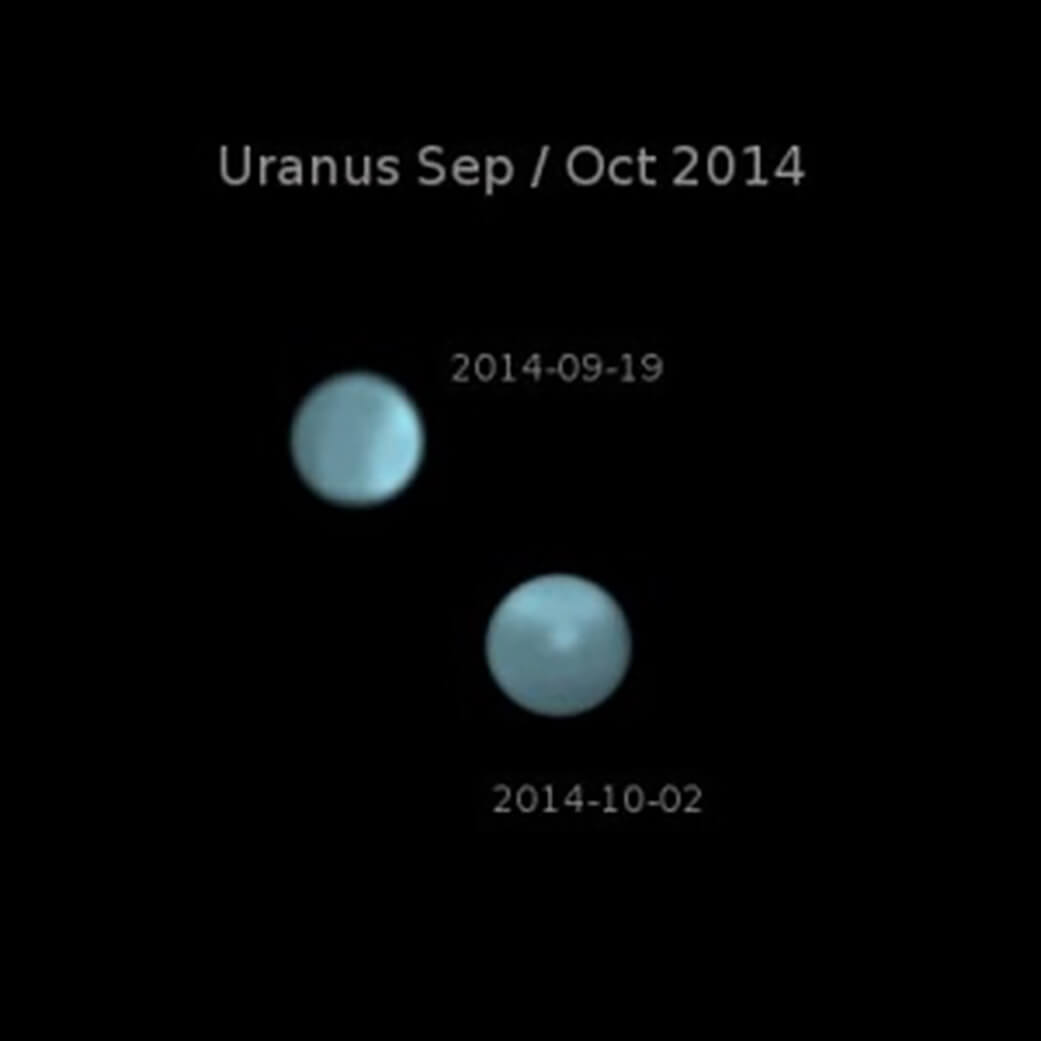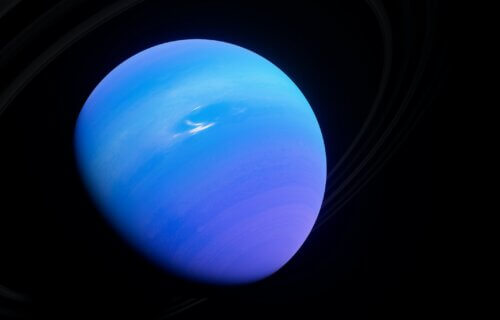WASHINGTON — NASA is about to take a good look at Uranus “from behind.” What may sound like a cheeky attempt at humor is actually a real mission that plans to study both Uranus and Neptune, capturing images of the giant planets from space instead of from Earth.
Moreover, NASA officials are asking amateur astronomers to help with this project, by making their own observations alongside the Hubble Space Telescope and New Horizons spacecraft.
New Horizons is preparing to observe Uranus and Neptune from its location far out in the outer solar system this fall. The mission team is inviting the global amateur astronomy community to add their own data to the “backside” images that the space probes send to Earth.
NASA officials say space watchers with telescopes as small as 16 inches can “come along for the ride – and make a real contribution to space science – by observing both ice giants at the same time.”

In tandem with the Hubble Telescope, New Horizons will turn its color camera toward Uranus and Neptune this September. The NASA team explains that New Horizons’ position in the Kuiper Belt, more than five billion miles from Earth, gives it a unique position to acquire images from “behind” the two giant planets. Scientists believe this will provide new insights into the atmospheres of these planets as well as the energy balance within both worlds.
“By combining the information New Horizons collects in space with data from telescopes on Earth, we can supplement and even strengthen our models to uncover the mysteries swirling in the atmospheres of Uranus and Neptune,” says Alan Stern, New Horizons principal investigator from the Southwest Research Institute, in a media release. “Even from amateur astronomer telescopes as small as 16 inches, these complementary observations can be extremely important.”

“With New Horizons and Hubble focused on the details of the planets’ atmospheres and the transfer of heat from their rocky cores through their gaseous exteriors, observers on Earth can measure the distribution of bright features on Uranus or characterize any unusually bright features on Neptune,” the team explains in a statement.
The space agency notes that the public can follow along and post their own images on X (formerly Twitter) or Facebook using the hashtag #NHIceGiants. Amateur astronomers should provide the details of when their images were made and in what filter passbands.
The New Horizons team adds they will see and collect the images and supporting information from these platforms, making all of the research from Hubble publicly available in late September. The New Horizons team expects to receive that spacecraft’s images of Uranus and Neptune by the end of 2023.
You might also be interested in:
- Hubble Telescope discovers ‘hungry’ black hole turning nearby star into a cosmic donut!
- This planet could end life on Earth and unravel the solar system
- Pluto has a neighbor! Ringed dwarf planet at the edge of our solar system defies laws of physics
South West News Service writer Dean Murray contributed to this report.

